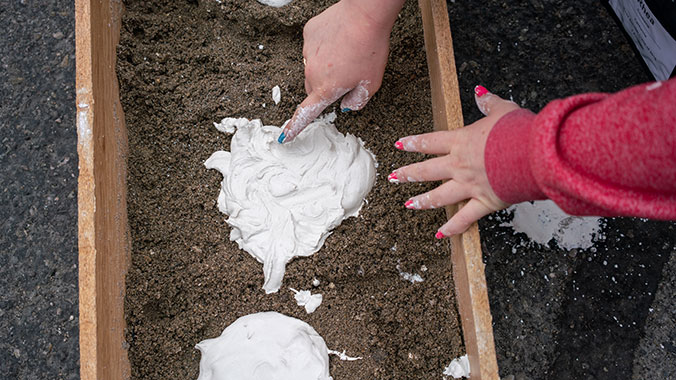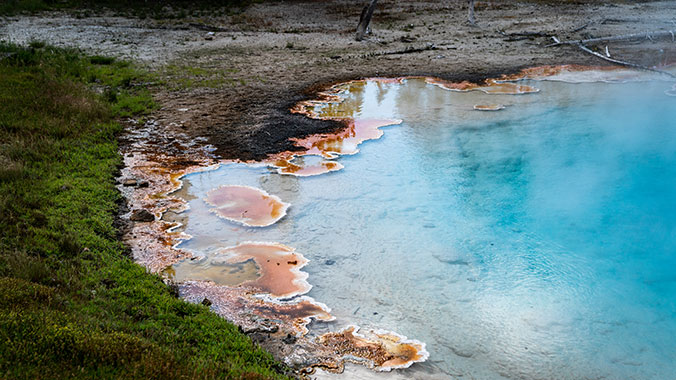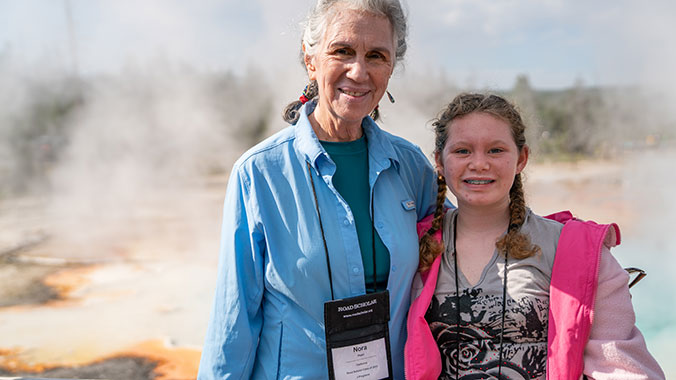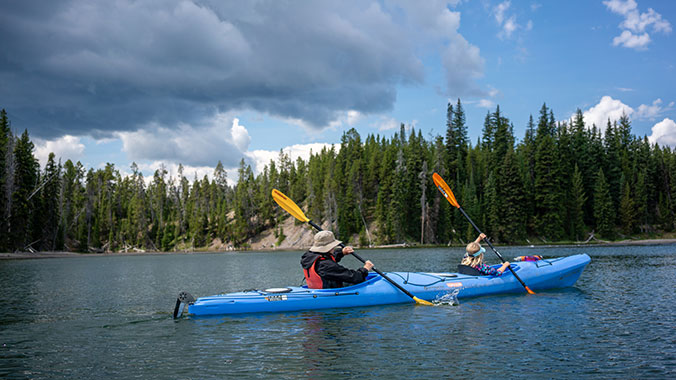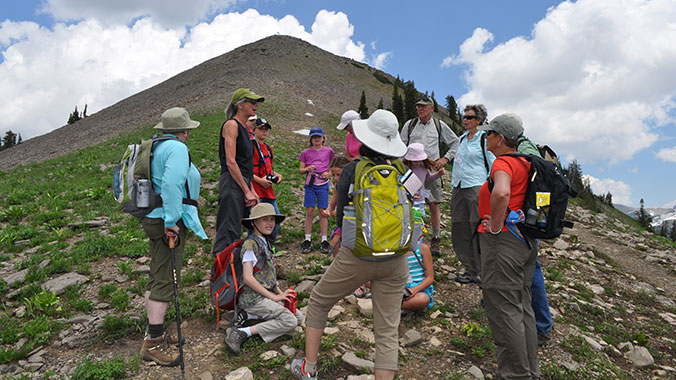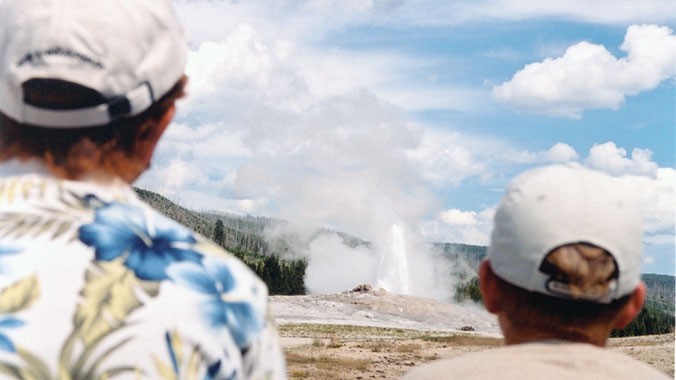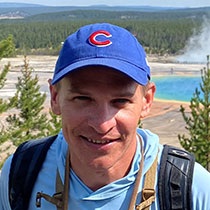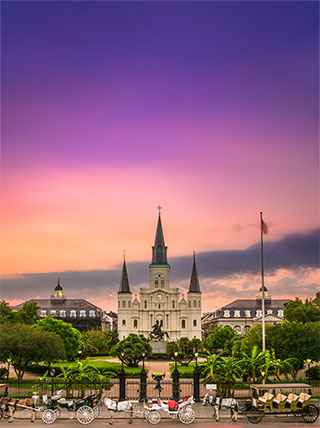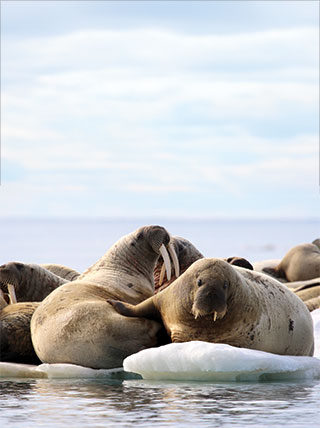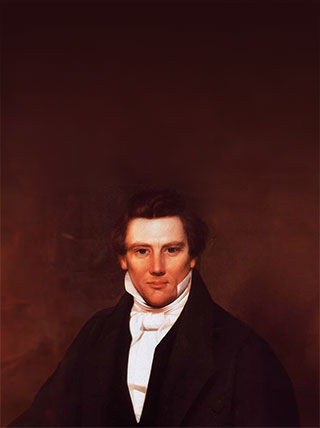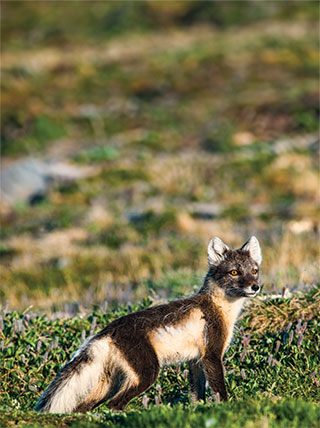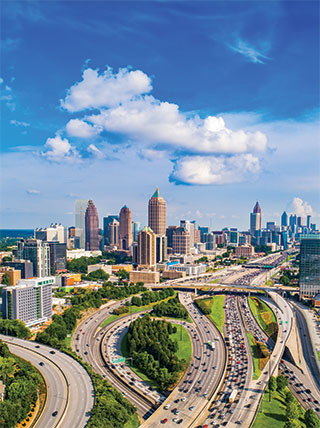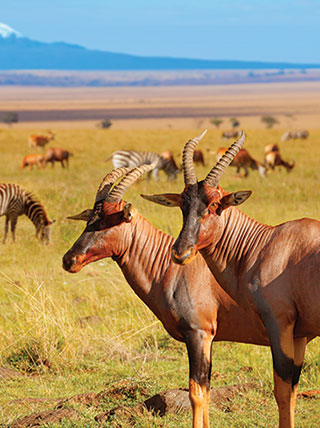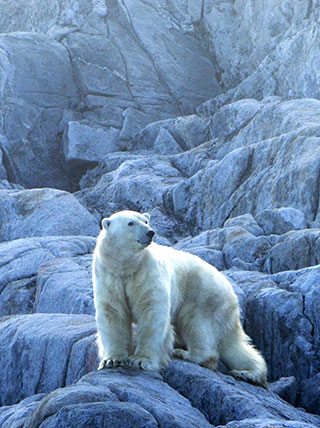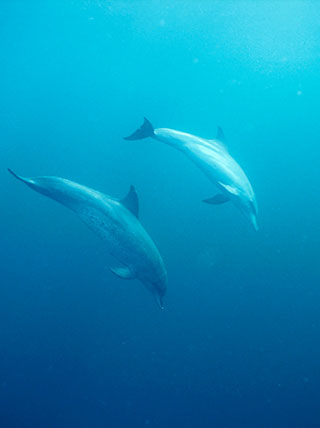Breakfast:
At a local restaurant.
Morning:
We’ll then gather in to our meeting room, adjacent to the restaurant. Our local naturalist instructor will give us an introduction to the Yellowstone caldera — a word that means cooking pot, and it really is! Through pictures, kid-friendly graphs, displays, and hands-on activities, we’ll learn about molten rock, explosions, craters, hot spots, domes, steam vents, sulfide gas, mudpots, cones, and earthquakes. After a short break, our overview will continue with a presentation on Yellowstone's inhabitants from well known animals such as bears, bighorn sheep, bison, elk, mule deer, and wolves, to lesser known but equally wonderful critters including golden mantled ground squirrels, marmots, pikas, pronghorn, otters, ravens, and more.
Lunch:
At a local restaurant.
Afternoon:
Next, we’ll walk to the Yellowstone Nature Connection (YNC), a nonprofit that works in partnership with the US Forest Service, National Park Service, and Bureau of Land Management. YNC is dedicated to connecting young people and adults to the role of fire and natural wonders of the Yellowstone Area. We’ll get involved with some hands-on activities that will help us to better understand fire's role in the ecosystem, fire behavior and suppression. Especially for kids: We will also learn about the role of a highly trained fire response force called Smokejumpers as we participate in experiential activities in order to learn and understand the valuable role of these brave fire fighters. Activities will include learning how to exit an airplane, required physical fitness, handling smokejumper gear, tools and a parachute, which are all required to fight forest fires. At the end, we’ll have a group test and be awarded a graduation gift as we become Junior Smokejumpers! Continuing our adventure, we’ll walk to the Grizzly and Wolf Discovery Center, a not-for-profit wildlife park and educational facility that will help us learn about grizzlies and wolves. During our field trip with our local instructor, we’ll see grizzly bears and wolves up close. We’ll learn about the natural history of these animals and the different reasons why they live at the center. while also discussing the responsibility humans hold in helping bears stay wild and how important wolves are to the Yellowstone ecosystem. : As a highlight of the day, we’ll have a chance to feed the bears as we participate in the center’s Keeper Kids program. This unique hands-on 30-minute program will teach us about grizzly bear eating habits as we accompany one of the Discovery Center’s expert naturalists into the bear habitat to hide food for the bears. After the food is hidden, we’ll watch first-hand how bears use their sense of smell to search out the food that we hid.
Dinner:
At a local restaurant.
Evening:
At leisure.


